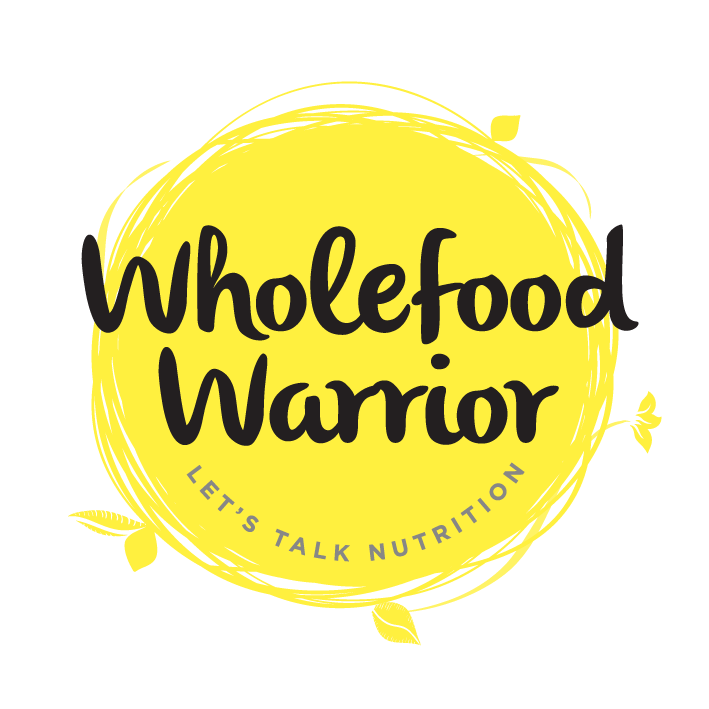Cold and flu season may be upon us but that doesn’t mean you should succumb to snot fuelled misery.
With the average person suffering over 200 colds in their lifetime, lasting 9 days an episode, that’s a lot of sneezing, coughing and sore throats to deal with.
The good news is, there are a whole host of everyday kitchen staples that can reduce those cough and cold symptoms, all without having to step out of the house.
Fresh Herbs
A recent study found thyme, oregano and basil to be effective against bacteria that causes the sore throat (1) and the benefits of these herbs don’t stop there.
Thyme has been shown to halt the growth and spread of 120 different bacteria and viruses, especially those that are responsible for cough and cold symptoms (2).
What was even more surprising is that thyme was effective at stopping even the antibiotic-resistant bacteria (2). This is kind of a big deal since antibiotics are becoming useless thanks to antibiotic resistant bacteria.
An essential oil found in oregano produced similar results against the sore throat causing streptococci bacteria according to a study by the Polytechnic University of Marche, Italy (3).
Another study by the Medical University of Lodz, Poland showed basil to be effective against the bacteria that lead to upper respiratory tract infections (4).
For the most potent combination, chop up any of these herbs, cover with cold water and boil on the lowest setting, with a lid on the pot, for 20 minutes (5).
If this seems like hard work, just add a sprig of fresh thyme, some basil or oregano to your usual hot water and lemon and drink it like tea.
Garlic
As well as keeping vampires away, garlic may be effective at reducing cold and flu severity.
A recent study by the University of Florida indicated that garlic can reduce the number of symptoms experienced and the overall duration of a cold (6).
During a separate study, participants fed a meal of bread, butter and garlic (mmm, delicious) exhibited greater immune stimulation, meaning garlic kicked their immune system up a notch (7).
Yes, you may not smell that great by eating raw garlic but in the hours of snot fuelled need, it could be an effective cold and cough fighting measure.
Berries
Colour pigments found in berries may reduce cold, cough and sore throat severity by 40% according to research by the University of Auckland (8).
A large handful of fresh or frozen berries added to a smoothie or popped on top of some warming porridge is enough to rev up your immune system.
Green & white tea
Studies carried out by Pace University found white and green tea to be effective agents against certain bacteria and viruses. In specific, they reduce the efficacy of the sore throat causing Streptococcus bacteria (9).
If you are sick of the feeling of swallowing razor blades, put your kettle on and brew a nice cup of green or white tea. A couple of cups a day will go a long way.
Chilli
If you aren’t a fan of spicy food, this information may not be entirely applicable, however, a component of chillies can stop the spread of antibiotic resistant bacteria (10). In real terms, this means fewer body aches and pains and less fever.
You can’t exactly sweat your cold out but eating chillies provides the right kind of heat to assist with germ fighting.
A spicy curry is a good option to add chilli into your day, unless of course, you fancy your own one man chilli challenge.
References:
(1) Mehreen A, Waheed M, Liaqat I, Arshad N (2016) Phytochemical, antimicrobial, and toxicological evaluation of traditional herbs used to treat sore throat. BioMed Research International, doi:10.1155/2016/8503426.
(2) Sienkiewicz M, Łysakowska M, Denys P, Kowalczyk E (2012) The antimicrobial activity of thyme essential oil against multidrug resistant clinical bacterial strains. Microbial Drug Resistance, doi: 10.1089/mdr.2011.0080.
(3) Magi G, Marini E, Facinelli B (2015) Antimicrobial activity of essential oils and carvacrol, and synergy of carvacrol and erythromycin, against clinical, erythromycin-resistant Group A Streptococci. Frontiers in Microbiology, doi: 10.3389/fmicb.2015.00165.
(4) Sienkiewicz M, Łysakowska M, Pastuszka M, Bienias W, Kowalczyk E (2013) The potential of use basil and rosemary essential oils as effective antibacterial agents. Molecules, doi: 10.3390/molecules18089334.
(5) Martins N, Barros L, Santos-Belga C, Silva S, Henriques M, Ferreira IC (2015) Decoction, infusion and hydroalcoholic extract of cultivated thyme: antioxidant and antibacterial activities, and phenolic characterisation. Food Chemistry, 167: 131-137.
(6) Percival SS (2016) Aged garlic extract modifies human immunity. The Journal of Nutrition, doi: 10.3945/jn.115.210427.
(7) Charron CS, Dawson HD, Albaugh GP, Solverson PM, Vinyard BT, Solano-Aguilar GI, Molokin A, Novotny JA (2015) A single meal containing raw, crushed garlic influences expression of immunity- and cancer-related genes in whole blood of humans. The Journal of Nutrition, 145(11): 2448–2455.
(8) Somerville VS, Braakhuis AJ, Hopkins WG (2016) Effect of flavonoids on upper respiratory tract infections and immune function: a systematic review and meta-analysis. Advances in Nutrition, 7: 488-497.
(9) American Society For Microbiology (2004) White tea beats green tea in fighting germs. ScienceDaily, Accessed: https://www.sciencedaily.com/releases/2004/05/040526070934.htm.
(10) Marini E, Magi G, Mingoia M, Pugnaloni A, Facinelli B (2015) Antimicrobial and anti-virulence activity of capsaicin against erythromycin-resistant, cell-invasive group A streptococci.


